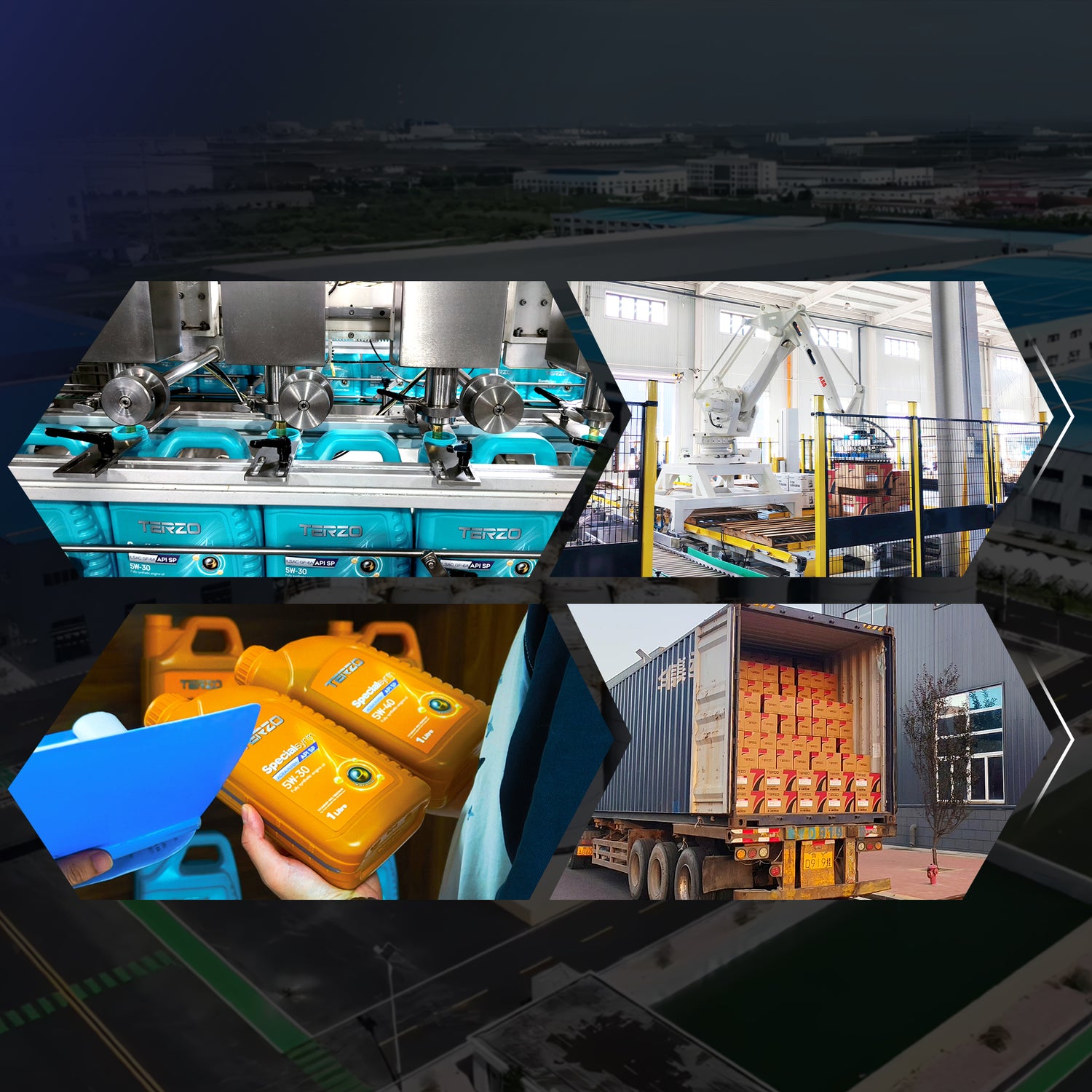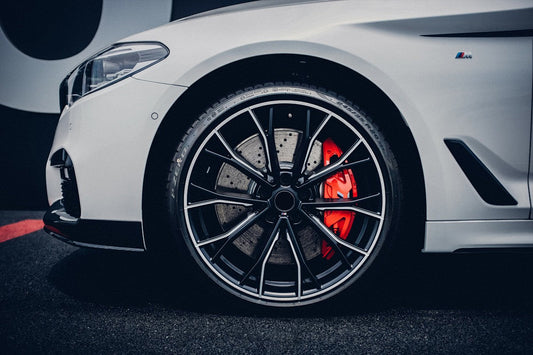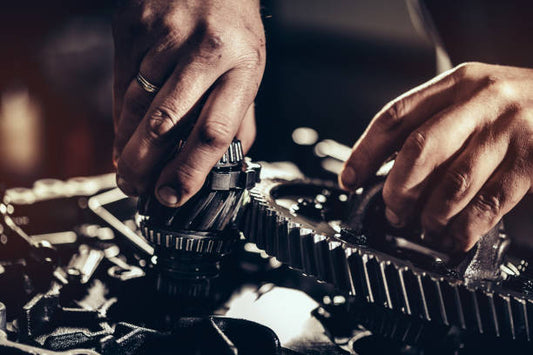
What are the differences between AT, CVT, and DCT transmissions? Which one should you choose?
Understanding AT, CVT, and DCT Transmissions: Key Differences and How to Choose
By TERZO
Most drivers are familiar with terms like AT, CVT, and DCT, but do you truly understand what they mean and how they differ? Let’s break it down to help you make informed decisions when choosing a vehicle.
1. AT (Automatic Transmission)
What it is:
The traditional automatic transmission uses a torque converter to connect the engine and gearbox, transmitting power via hydraulic fluid. This "fluid coupling" ensures smooth gear shifts, making it ideal for drivers prioritizing comfort over performance.
How it works:
- The torque converter acts like two fans blowing at each other, with transmission fluid (the "air") transferring energy between them.
- Planetary gearsets adjust gear ratios through clutches and brakes, enabling automatic shifts.
Pros:
- Extremely smooth gear changes, perfect for city driving or new drivers.
- Requires minimal driver input (no clutch pedal).
Cons:
- Higher cost compared to CVT/DCT.
- Less fuel-efficient due to energy loss in the torque converter.
- Limited to mid-to-high torque engines (unsuitable for extreme performance).

2. CVT (Continuously Variable Transmission)
What it is:
A belt-and-pulley system that eliminates fixed gears, allowing infinite gear ratios for seamless acceleration.
How it works:
- A steel belt or chain runs between two variable-diameter pulleys. Adjusting pulley widths changes the effective gear ratio.
- Maintains optimal engine RPM for fuel efficiency.
Pros:
- Ultra-smooth acceleration (no "shift shock").
- Excellent fuel economy, ideal for urban commuting.
- Lightweight and cost-effective for small engines.
Cons:
- Struggles with high torque (common in SUVs or sports cars).
- Limited acceleration "kick" compared to AT/DCT.
- Potential wear issues under aggressive driving.

3. DCT (Dual-Clutch Transmission)
What it is:
A hybrid of manual and automatic transmissions, using two clutches to pre-select gears for rapid shifts. Often marketed as DSG (Direct Shift Gearbox) by Volkswagen.
How it works:
- One clutch handles odd-numbered gears (1st, 3rd, 5th), while the other manages even-numbered gears (2nd, 4th, 6th).
- Gears are engaged almost instantly, minimizing power interruption.
Pros:
- Lightning-fast shifts for spirited driving.
- High transmission efficiency (closer to manual gearboxes).
- Better fuel economy than traditional automatics.
Cons:
- Low-speed "jerking" in traffic (common in dry-clutch DCTs).
- Higher maintenance costs (clutch wear and tear).
- Complex design increases repair complexity.

How to Choose the Right Transmission
-
New Drivers or City Commuters:
- CVT offers the smoothest ride and lowest cost.
- AT is a safer choice for those prioritizing reliability.
-
Performance Enthusiasts:
- Wet-clutch DCT (e.g., Porsche PDK) delivers rapid shifts and handling precision.
- Avoid dry-clutch DCTs in stop-and-go traffic.

-
Long-Term Durability:
- AT reigns supreme for reliability, especially in rough terrain or heavy towing.
-
Fuel Efficiency Focus:
- CVT maximizes mileage, ideal for daily commutes.
Final Tips
- Test Drive: A CVT might feel "boring" in a sports car, while a DCT could disappoint in traffic.
- Maintenance:
For most drivers, CVT balances cost, comfort, and efficiency, while AT remains the gold standard for reliability. DCTs shine in performance-oriented scenarios but demand careful handling. Choose based on your driving habits, budget, and local road conditions! 🚗💨





